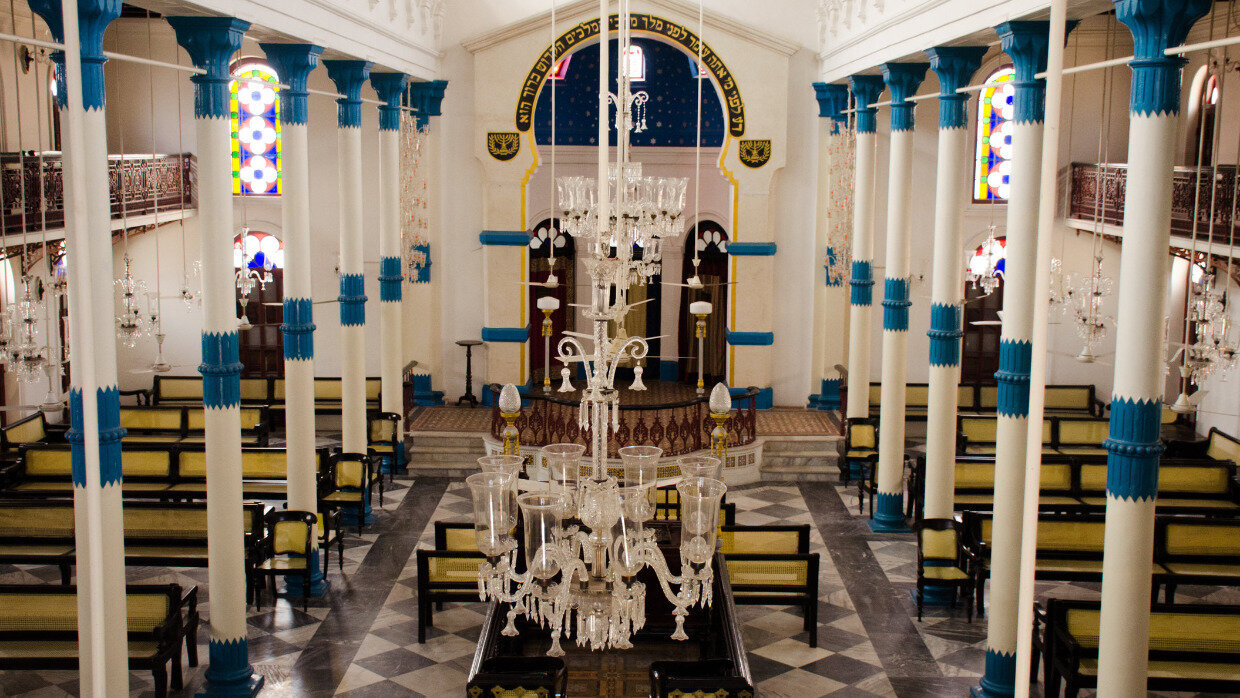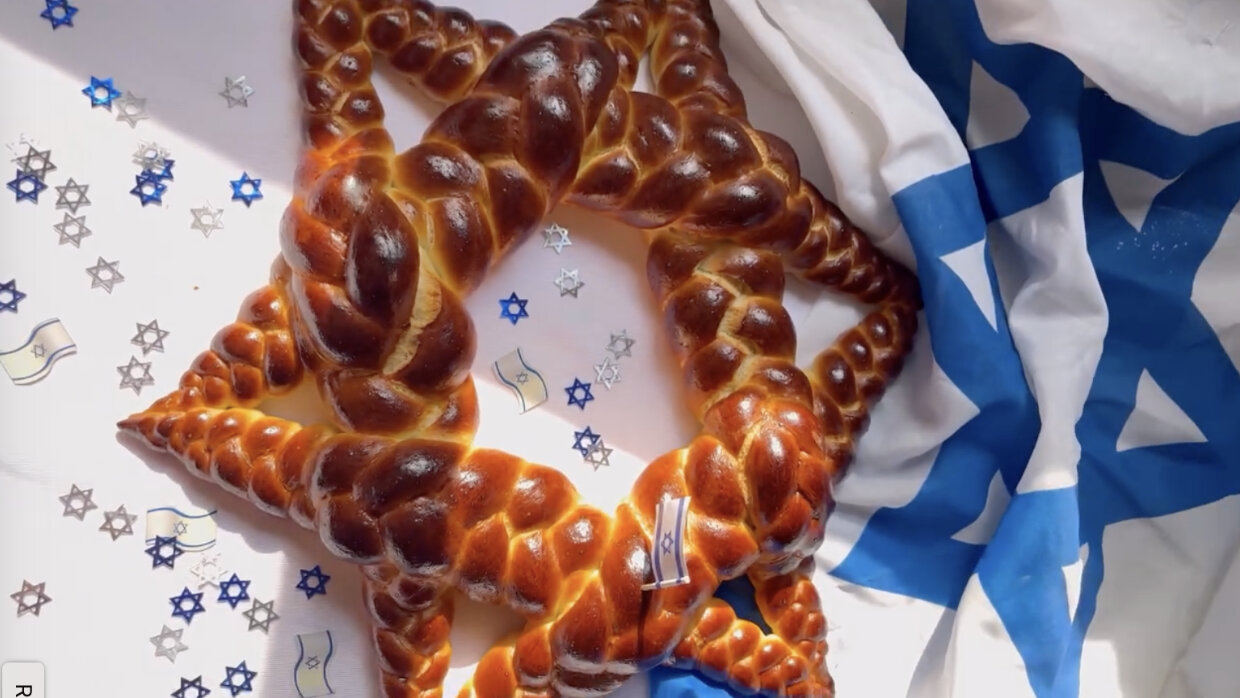Marrying into an Indian/Iraqi family opened a new culinary world. For someone as obsessed with food and cooking as me, it was like opening a Pandora's box of new recipes. Not only was I lucky enough to suddenly have access to new and exciting recipes, but I was even more fortunate that I had an army of wonderful aunties who became my personal tutors.
There was one recipe that came up repeatedly and seemed to be admired by all: Pantras.
Pantras are also known as Pan Rolls; they are a spring roll of sorts, filled with ground chicken, turmeric, and coriander rolled into a pancake or egg wrapper, and then traditionally dipped in breadcrumbs and deep-fried and served with spicy coriander chutney or hilbeh which is made with fenugreek.
 Get the recipe for Pantras here
Get the recipe for Pantras here
There were two main centers for Jewish life in India: Calcutta and Bombay. Interestingly, these little delights are only known in Calcutta and never made it to the other communities. My husband recalled fond memories of these spring roll delicacies being made by his Aunty Anne, who lived with him when they moved to London. I soon realized the importance of these little morsels went far beyond a tasty bite. They are sentimental and have a connection to a life in Calcutta India, before they moved to a cold and foreign London.
My husband's family started their journey from Iraq. After fleeing growing antisemitism, they made a quick stop in Burma. Once war broke out, they moved to Calcutta, India to join the Iraqi community there. Calcutta was at that time under British rule and was the capital of the British Raj. They were welcomed by the non-Jewish community and lived harmoniously until most of the community left by the 1960s for economic opportunities abroad. One of the many ways that the Jews integrated into their new surroundings was through food.
 My husband’s aunt teaching me to make Pantras for the first time
My husband’s aunt teaching me to make Pantras for the first time
The non-Jewish Indian community from Calcutta was enchanted by the English and welcomed them to India. The two communities quickly bonded and lived happily together, which developed into a new "Anglo Indian" community with a new cuisine. They learned traditional British recipes such as shepherd's pie and mulligatawny soup, which were then adapted to the Indian palate with garam masala and other delicious spices unheard of in England.
Most Jews arrived in Calcutta, India, in the late eighteenth century and were welcomed to the community. They came with a treasure trove of their own recipes and as they started getting to know their new neighbors, friendships were formed, and recipes exchanged.
Pantras were already an institution in Calcutta and were often eaten as a light dinner. Pantras were time-consuming, so local non-Jewish families would go door to door selling them as a convenience food. Since these sellers were not Jewish, the Jews could not eat their non-kosher pantras, so they learned how to make them themselves. It was not long before they were adopted and became a Jewish Indian staple.
The Jews also shared their recipes. Their mahasha or dolma (stuffed vegetables) is now much loved by the Anglo-Indian community and has evolved into Potoler Dolma. The Anglo-Indians loved these recipes and adapted them to suit the Indian palate. Instead of using vine leaves, they stuff meat into a finger gourd, a vegetable much like a zucchini. It is then cooked in a gravy of coconut milk, tomatoes, onions, and spices and is still much loved in the area.
As Jews, we are accustomed to being a minority and hearing traumatic tales of antisemitism worldwide, especially when landing in a new country. For once, it is heartwarming not only to hear that the Jews were welcomed to a new community but that the mutual love of food and Jewish warmth and hospitality brought the two communities together.
It is a known fact that Jews love food and use it in every aspect of life. When we celebrate a marriage or birth, we have a table of food ready. When we are sitting shiva, we bring food to the mourner's home. Shabbat and festivals have tables filled with food, and we invite our friends and neighbors to share in that hospitality. Therefore, it seems only natural that the Jewish people would use food to demonstrate our warmth, hospitality, and kindness to a new community.
It is no wonder that the Jewish people were welcomed by the Indian community. Barry Rogers, who lived in Calcutta with his Anglo-Indian family, recalls the nostalgic and fond memories of sharing these dishes. He has only kind things to say about the Jewish community. This demonstration of kindness promotes truth, Jewish values, and goodness in the world and is a daily reminder to us all.















What a lovely article, brings back great memories. Very well written
It is so very true , food connects us all in a special way. It brings us together in times of sorrow and joy.